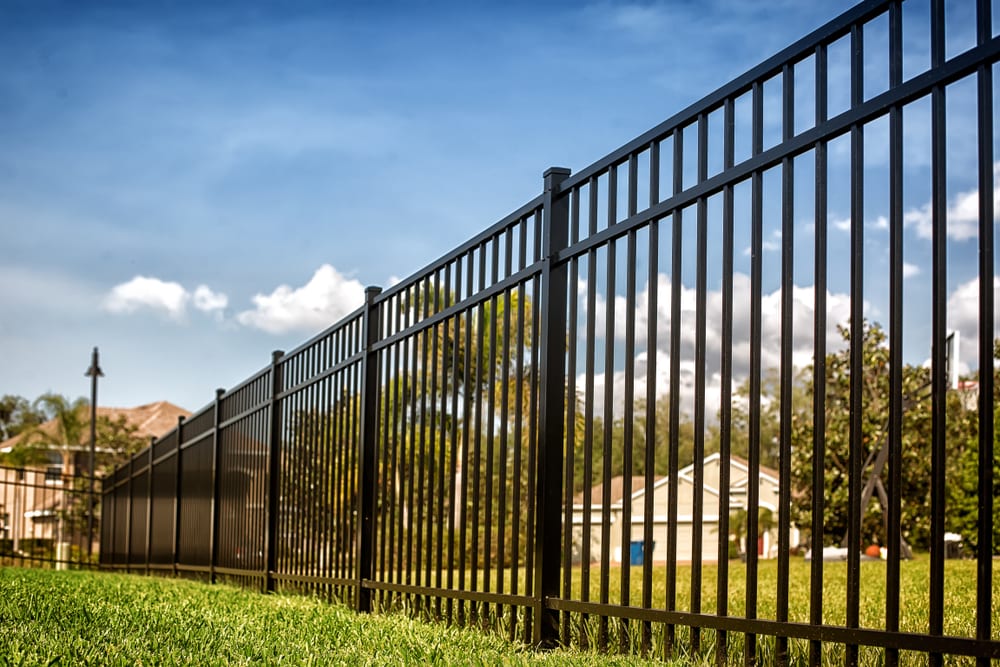
Understanding what easements could mean
Most of the time, people are not really aware of the effect of easements on a real estate property, until an issue comes up and starts to become a burdensome or irritating matter.
An easement is a non-possessory right that allows people access on another property without actually possessing or owning it. Also known as a right of way, similar to real covenants and equitable servitudes.
The principle of easements often applies to provide access to two or more different real properties, such as a pathway for people to find access to a nearby public beach or another property.
However, it can become a cumbersome issue particularly with investment properties especially when there are legal conflicts or other complex problems tied to it. Worse, with complex legal issues, it can drive the property value down and make it less marketable.
As a general rule, include easement conditions among your primary factors in selecting your real property prospects.
Here are some of the important points you need to consider regarding easements.
Common property easements
Easements along a fence-line are generally nothing to be concerned about since no one is allowed to build anything on top of these. The same goes with sewer easements, which are relatively located near the rear fence of any property.
There are people who usually build on top of these common easements, such as a garden plot or shed, but are usually resolved at having it taken down when public access is required.
Another type of common easement is for properties that are classified for overland flow, which means water might flow down the slope or yard of the block. If a structure is needed along this easement, it will have to be done on pillars or above the overland flow line to allow water to pass through.
Property on no-go zones
Whenever possible, investors should shun away from the property on power line easements. One reason is that the easement grants access to high-tension overhead power lines right above the property. The power lines could impede any vertical development planned for the property.
Another one is property located close to a main road or road artery, which could be subject a future road widening development. A road-widening project may not be implemented within the next few years, but it could pull down the value of the property. It also limits the property owner’s ability to develop it.
An easement that runs diagonally across another property and right of the carriageway can both be causes for concern. Both easement grants access to the property for which that specified easement cannot be used by the property owner to build anything on it that would restrict the right of way.
A building envelope easement may be common in large parcels of land and in rural areas, however, the easement only allows the owner to build on a small percentage of the land that is considered residential.
In Australia, there’s a unique type of easement in newer land developments called wildlife easements. These are required to allow access to wildlife such as koalas or even kangaroos, which can restrict developments on a portion of the property or parcel of land.
While easements are not a threat to property in general, however, it can cause complications that could affect profitability, especially for investment properties.
It is imperative for home buyers and property investors to always consider asking about easements on a property, especially at a time before a contract has been declared unconditional.
It is therefore always important to err on the side of caution. Smart investors find the time and effort to make sure all bases are covered before making an offer so that any purchase to property is made without regrets.